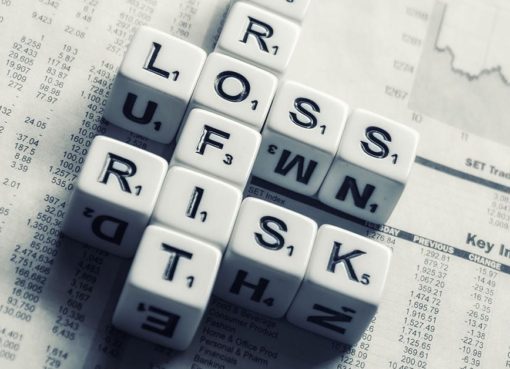To facilitate efficient trading within bitcoin’s (BTC) evolving on-chain economy, crypto startup Stably has introduced Stably USD, a new dollar-backed stablecoin.
In a significant development for bitcoin‘s rapidly developing on-chain economy, a new dollar-backed stablecoin named Stably USD has been launched.
Stably, the issuing firm, anticipates the token becoming a preferred currency for traders seeking to participate in the proliferation of new asset classes on the bitcoin platform.
The company argues that their stablecoin could facilitate more cost-effective and efficient trading than using fiat currencies or even bitcoin itself.
https://twitter.com/Stably_Official/status/1660761893831692290?s=20
The ordinals platform on bitcoin, a method originally designed to “inscribe” non-fungible tokens (NFTs) on bitcoin’s smallest unit, the satoshi, has matured considerably since its inception in January.
It has evolved into a platform for creating a wide range of tokens, including Stably USD. The emergence of this new “BRC-20” token could simplify trading in all ordinals if it gains widespread acceptance.
Currently, ordinals traders use either stable fiat currency, which incurs a fee, or bitcoin, which is volatile but readily available. Stably’s stablecoin is touted as a solution to both these issues, providing both stability and on-chain accessibility.
Stably has confirmed that the fiat backing for Stably USD is held with Prime Trust. Users who wish to redeem their stablecoins for their underlying dollar value will be required to comply with a know your customer (KYC) and anti-money laundering (AML) process.
For the stablecoin to be successful in the long run, it must outperform Stably’s previous stablecoin offerings. Stably’s stablecoin in the ethereum ecosystem, StableUSD (USDS), currently has only 752 holders and a market cap of $264,000, rendering it largely inconsequential compared to market leaders like Tether and USDC.
Stably, however, remains optimistic about its potential to penetrate the ordinals market more deeply with its stablecoin. Upon its creation on May 22, the token was allocated a maximum supply of 69,420,000,000,000.




